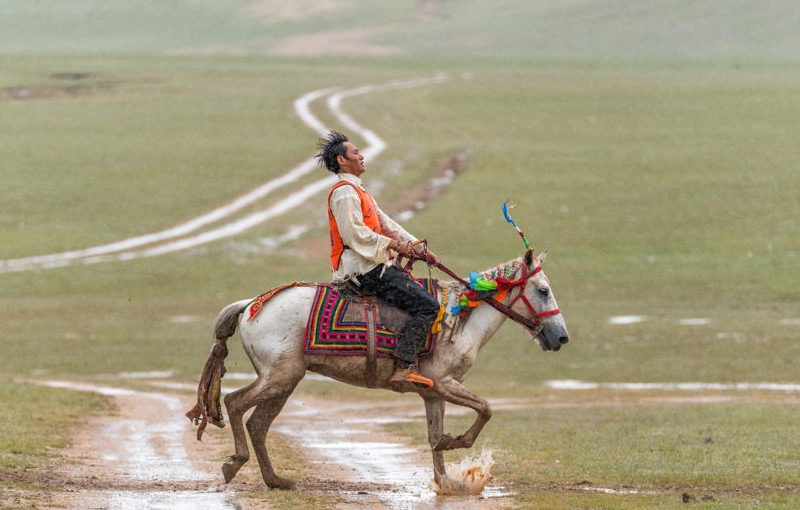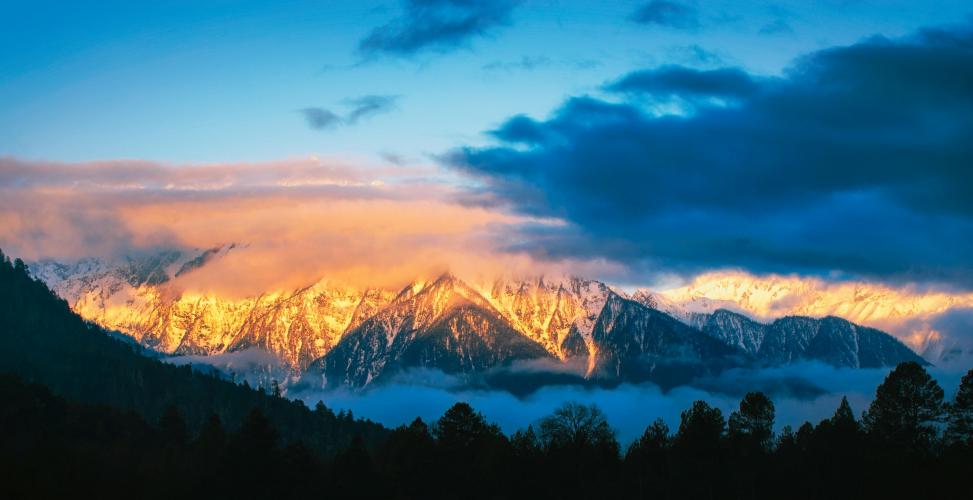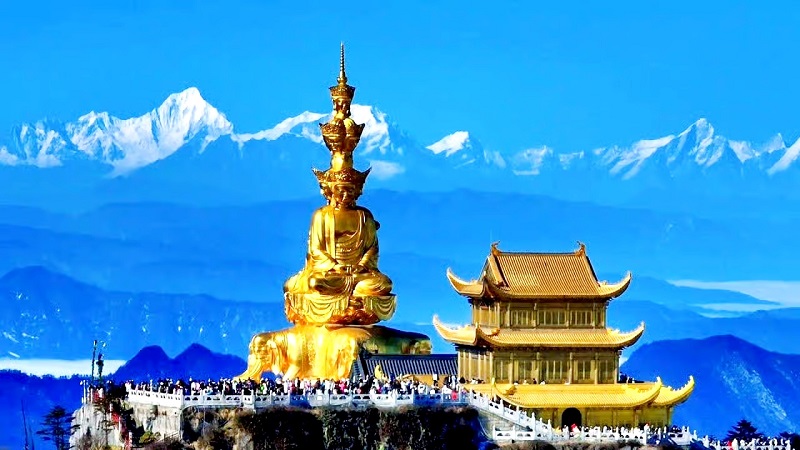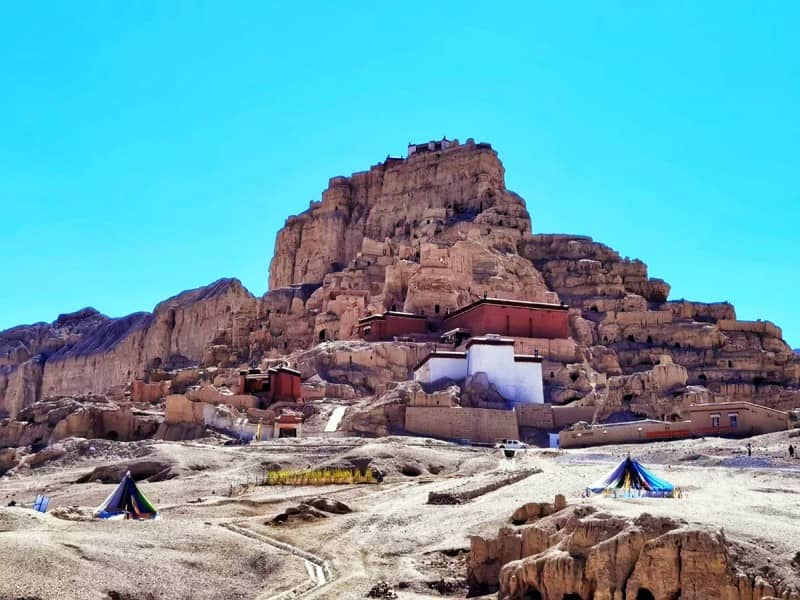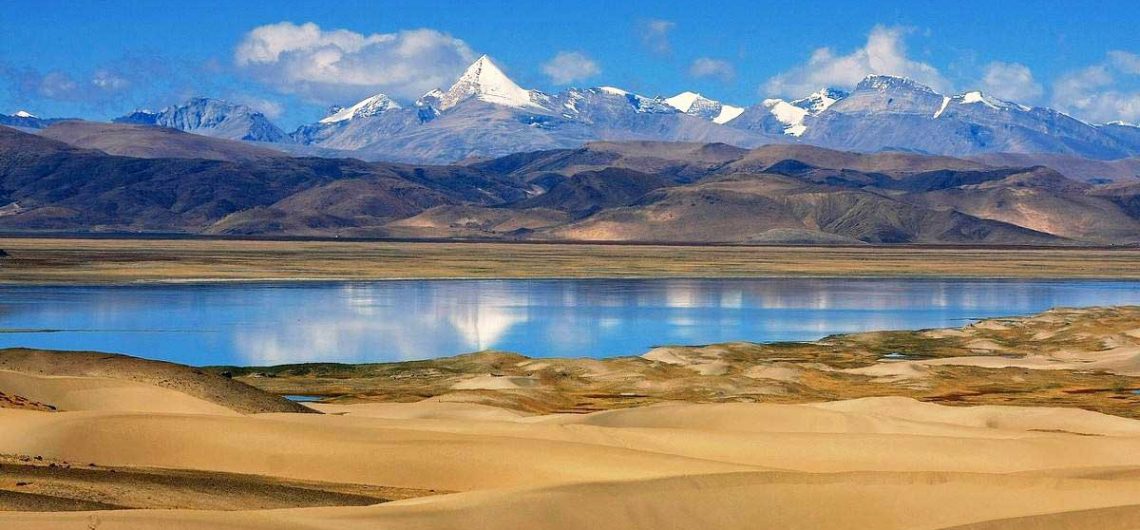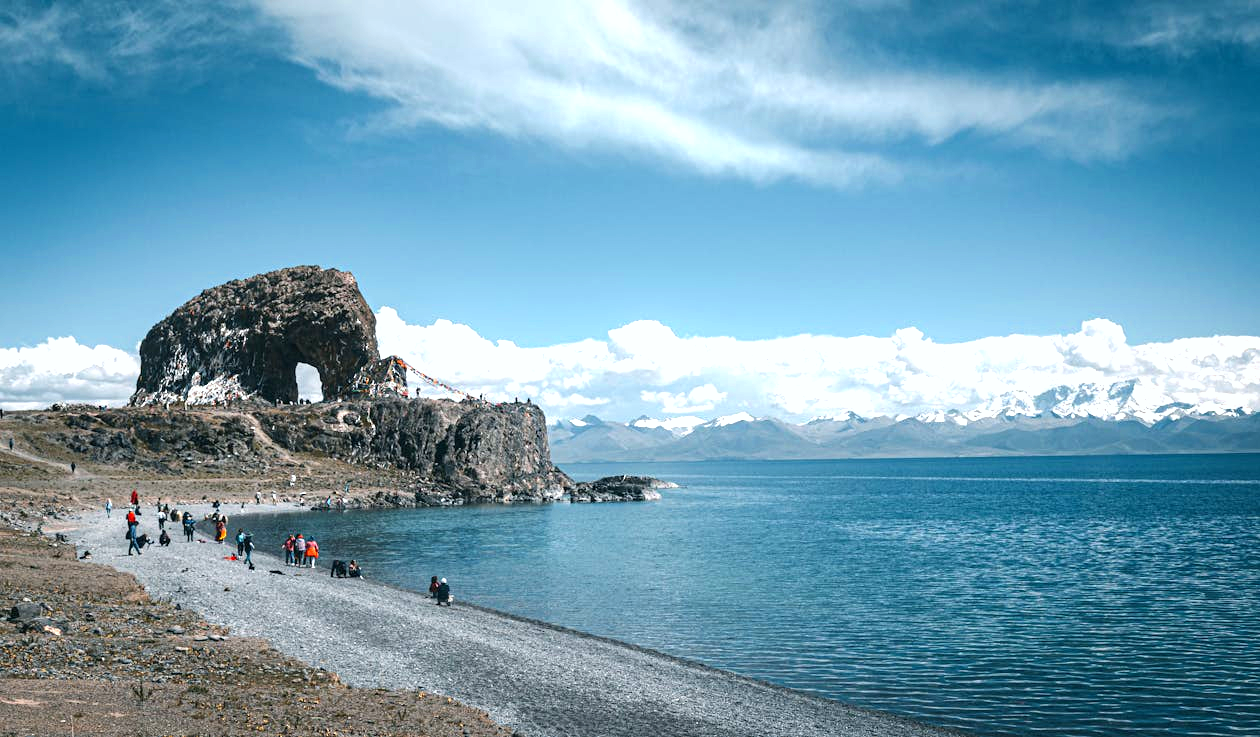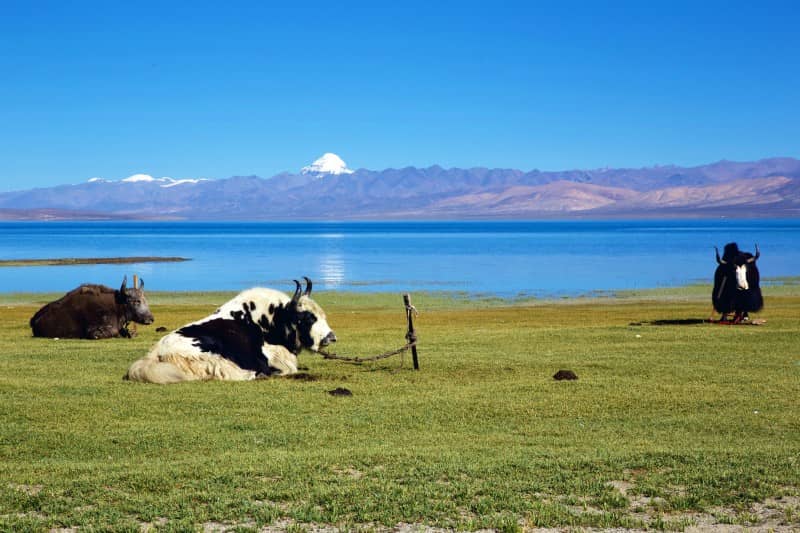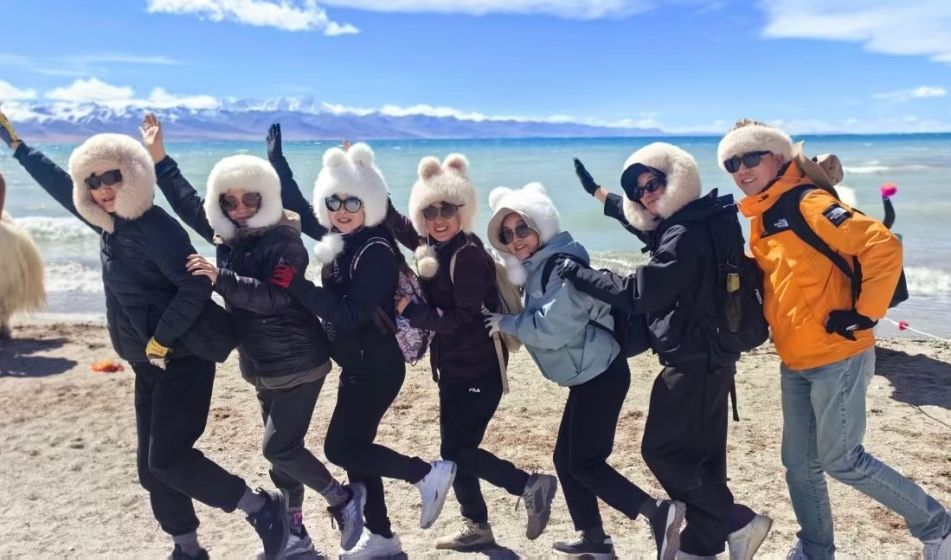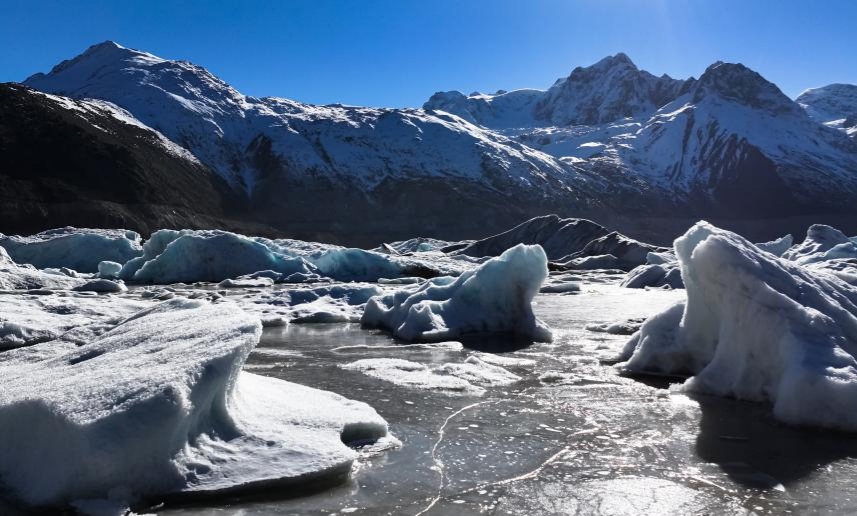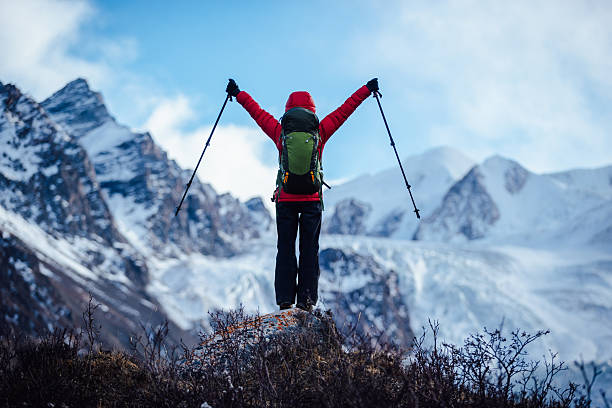
Details
Lhasa – Yamdrok Lake – Gyantse – Shigatse 360km
Depart from Lhasa in the morning, cross the Gangbala Snow Mountain at an altitude of 4990 meters, overlook the Gangbala Reda Station, and follow the old road to the world’s highest freshwater lake, Yamdrok Lake, which is known as the holy lake in the sky (the lake surface is 4441 meters above sea level, the lakeshore is 250 kilometers long, and the area is 638 square kilometers). “Jade Lake” in Tibetan is a freshwater lake that is one of the three holy lakes in Tibet. The lake water is as clear as sheep fat, and the lake water is sweet and can be drunk. It is the filming location of the movie “Red River Valley”. The azure blue lake is connected to the snow-capped mountains in the distance, and the colorful mountains on both sides, the unique Tibetan ethnic villages, and the cattle and sheep everywhere make the journey refreshing.
Pass by Guankaruola Glacier: the sleeping ice beauty (crystal blue, majestic, misty, peerless beauty, not only the geological history written by the flowing years and ice and snow, but also the great art sculptured by time).
Visit Baiju Temple, the only place that integrates the three major Tibetan sects, which is famous for its exquisite murals and carvings, and visit Zongshan Anti-British Platform (the heroic site of the Anti-British Army, and feel the grace of the heroic city); take a car to Shigatse. On the way, you may be lucky enough to see Buddhists prostrating themselves on the snowy plateau, measuring the pilgrimage road with their flesh and blood, and trekking hard towards the holy land in their hearts.
Accommodation: Shigatse
Shigatse – Tashilunpo Monastery – Mount Everest
Visit Zashilhunpo Monastery, the resident temple of successive Panchen Lamas. The temple was built in 1447 and is one of the six major temples of the Yellow Sect. It is the resident place of successive Panchen Lamas Erdeni. Looking from afar, the entire temple is built on the hillside, with high mountains behind it. The temples are adjacent to each other, and the buildings are stacked. The main buildings with golden roofs and red walls are majestic, rich, magnificent, and splendid. In the temple, purple smoke rises from the incense burner, and the lights on the altar flicker. The faces of the Buddhas are different. In the main hall, monks recite scriptures in an orderly manner; in front of the Buddha statue, believers bow down and worship. For more than 500 years, it has strongly attracted Buddhist believers at home and abroad. Tourists come here to worship and visit. The temple houses the world’s largest indoor bronze statue, Qamba Buddha, which is 26 meters high. Pay homage to the stupa of the 10th Panchen Lama.
Arrive at the highest Mount Everest Nature Reserve in the world in the afternoon. Looking south from the highest temple in the world, Rongbuk Monastery (at your own expense), it is recognized as the best place to look up at Mount Everest. At the temple at an altitude of 5,100 meters, the white pagoda stands tall and colorful prayer flags flutter. Take an environmentally friendly car to the Everest Base Camp at an altitude of 5,200 meters, where you will dance with the world’s highest peak, Mount Everest, and if you are lucky, you can also see the flag cloud of Mount Everest floating like the fire of life.
Accommodation: Rongbuk Monastery
Mount EverestRongbuk Monastery – Saga 260km
Along the way, you can see Shishapangma Peak, which is located in Nyelam County, northwest of Mount Everest. It is one of the highest peaks in the Himalayas, with an altitude of 8,012 meters, and is the world’s famous 14th highest peak. The northern slope of Shishapangma Peak has a complex terrain, steep mountains, and is full of ice cracks. Ice avalanches and snow avalanches often occur. The largest Yebokangjiaqin Glacier on the northern slope is like a jade dragon winding through the mountains. The seracs are like pieces of scales, with clear and transparent layers. The climate on the south slope of Shishapangma is warm and humid. The alpine azalea forest has an upper limit of 4,700 meters above sea level. The bamboo forest is lush and green below 3,500 meters above sea level. Precious sunbirds, long-tailed leaf monkeys and pandas can be seen everywhere, either in groups or individually.
Accommodation: Saga
Saga-Zhongba-Paryang 360km
Payang Grassland: Payang is a small town in Zhongba County, with a strong western flavor. Here you can enjoy the unique costumes of Tibetan residents and cattle and sheep wandering between the green grasslands and the snow-capped mountains, a poetic and picturesque pastoral scenery.
Along the way is a paradise for wild animals such as wild yaks, Tibetan antelopes, yellow sheep, and Tibetan wild donkeys. There are many huge and beautiful snow-capped mountains, which are rugged and magnificent; there are countless lakes and endless grasslands.
Accommodation: Payang
Payang-Mayum La Pass –Sacred Lake Manasarovar– Holy Mount Kailash 280km
Manasarovar: Located 20km southeast of Kangrinboche Peak, on the north side of Namuani Snow Peak, 4588m above sea level, with an area of 412 square km. The lake is up to 70m deep. In terms of size, depth and height, Manasarovar is not the “biggest” among the lakes on the Tibetan Plateau. But in the country of plateau lakes, it is revered as the most noble queen, and is regarded as a holy lake by many religions such as Bon, Tibetan Buddhism and Hinduism. It is one of the most famous lakes in Asia and even the world. Believers believe that Manasarovar is the nectar bestowed by the Buddha to people. It can remove dirt from people’s skin, cleanse the five poisons in people’s minds, and prolong life. Therefore, all those who come to the lake will bathe here, and then take some lake water back as a gift to relatives and friends. When the weather is fine, the lake water is blue, the waves are rippling, the white clouds and snow peaks are reflected in it, and the distant mountains around the lake are vaguely visible, and the scenery is amazing.
Gangrenboqi Peak: Gangrenboqi Peak, the main peak of Gangdise Mountain, is 6,638 meters above sea level. It is called “Shiva’s (the name of an Indian god) Paradise” in Sanskrit and “Mountain of Gods” in Tibetan. Gangrenboqi Peak is shaped like a pyramid (Tibetans call it “the handle of a millstone”), and the four walls are very symmetrical. Looking from the south, you can see its famous landmark: a huge ice trough that descends vertically from the peak and a horizontal rock formation that forms a Buddhist swastika (a symbol of spiritual power in Buddhism, meaning that the Dharma will last forever, representing auspiciousness and protection). The peak of Gang Rinpoche is often surrounded by white clouds, and local people believe that it is a blessing to be able to see the peak. Gang Rinpoche is a world-recognized sacred mountain, and is also recognized as the center of the world by Hinduism, Tibetan Buddhism, the native religion of Tibet, Bon, and ancient Jainism.
Accommodation: darchen
Mount Kailash-Zanda County 350km
Zada: From Shiquan River, drive south along the Ri’a Highway, and drive 255km into the Xiangquan River Valley to reach Zada County in Ali. Zada County has a famous landform scenic area of earth forests. The earth forest is a special landform formed by the influence of orogeny in ancient times, the sedimentary strata at the bottom of the lake have been cut by flowing water for a long time, and gradually weathered and eroded. The “trees” in the earth forest are scattered for dozens of meters, with various shapes and interesting. When the car is driving in it, it is like circling around the feet of many giants.
Accommodation: Zanda County
Zanda County -Ruinen Von Guge-Shiquanhe 280km
Guge Ruins: The predecessor of the Guge Dynasty can be traced back to the Xiangxiong Kingdom. The establishment of the dynasty began in the 9th century after the collapse of the Tubo Dynasty that unified the Tibetan Plateau. It ended in the 17th century and had 16 hereditary kings. It was a local regime established by the descendants of the Tubo royal family in Ali, western Tubo. Its ruling area was throughout Ali at its peak.
Shiquanhe Town (Gar): Located at the intersection of Shiquanhe and the Xinjiang-Tibet Highway, it is the central town of Ali.
Accommodation: Shiquanhe
Shiquanhe-Gerze497km
Departure to Gege, have breakfast in the car, the sky is still dark and the stars are within reach, the car keeps running on the wilderness, and soon we will reach the first lake “Rebangcuo”. The convoy continues. Herds of wild donkeys and yellow sheep will challenge the car from time to time and race with the car. There are almost no people or anything else along the way, only occasionally there is a small white pagoda on the top of the mountain, indicating the existence of religion here. Then we meet at the Awengcuo Lake Road and arrive at the messy salt lake town. After lunch, continue to drive through the wilderness. After some lakes of varying sizes, we arrive at the hinterland of the northern Tibetan Plateau-Gege. Gege is a larger county town in the wilderness, with everything available.
Accommodation: Gege
Gerze-Dong Co -Nima 421km
Departure to Geze, have breakfast in the car, and then drive back to the wilderness. Soon you will reach the first lake “Dongcuo”. If the weather is good, you can see the magnificent sunrise of the plateau lake. After the Dongcuo Town and Xiaobei Line split, the convoy continued to move forward. After passing the beautiful plateau lake “Zaxicuo” on the roadside, we entered the Nagqu area. The car has been running on the wilderness. The mountains on the edge of the wilderness extend as if there is no border, lonely and desolate. After crossing the Chalanmula Pass, we entered the Qiangtang National Nature Reserve in northern Tibet. You can have a roadside meal or enjoy Lanzhou ramen at the roadside car stop for lunch. After the meal, continue to cross the wilderness. Groups of wild donkeys and yellow sheep provoke and race by the car from time to time. If you are lucky, you can see foxes and Tibetan antelopes. After passing ridges and passes of varying sizes, we arrived at an altitude of 4,500 meters, Nima County on the Qiangtang grassland.
Accommodation: Nima
Nima-Banggo 350km
Departure to Bange, have lunch on the bus, the bus is still traveling through the boundless wilderness, but today there are many lakes of all sizes, passing the small lake Zhangnaicuo, and then passing the Wurucuo Lake, in the small town of Nancuoze, after lunch, continue to move forward in a roadside tent restaurant, and arrive at Bange County, located between the two major lakes of Namtso and Selincuo that night.
Accommodation: Banggo
Banggo -Namtso Lake 240km
Departure to Namtso Lake, the car finally splits from the Qiangtang in northern Tibet and goes south. The car goes up and down the hill on the Bange grassland. There are lakes of different sizes with their own characteristics. On the way, you can see a larger sacred lake “Bangecuo”. The snow-capped mountains, grasslands, and villages complement each other and are very beautiful. Have a roadside meal for lunch, and then continue to drive forward. The car keeps passing through the land. After crossing a snow mountain pass, you can see the panoramic view of Namtso. The Qingtanggula Mountains guard the sacred lake. It is very beautiful under the sun. Go down the mountain and walk into Namtso Lake, which is known as the “Heavenly Lake”. This lake is one of the three sacred lakes in Tibet. It is the largest lake in Tibet and the second largest freshwater lake in my country. There is the Tashi Temple on the Tashi Peninsula extending into the center of the lake. The lake and the temple are both famous pilgrimage sites. After packing up, everyone can go out to visit the island and the lake, the husband and wife master, the palm-jointing stone, the Mani pile, the small temple, and you can also climb to the top of the island to take pictures of the sacred lake. Along the way, you can also see the main peak of the Nianqing Tanggula Mountains, which is 7,717 meters above sea level.
Accommodation: Namtso Lake
Namtso Lake-Lhasa
In the morning, watch the sunrise over Namtso, then pass through the vast Qiangtang grassland, Nianqingtang Guyangbajing, and return to Lhasa in the evening. The trip ends.
Fee Description
Fee Inclusions:
Price to be discussed (Customizable)



